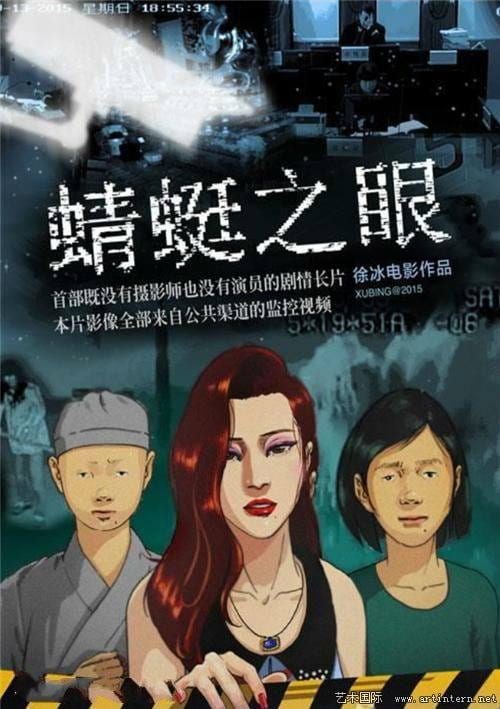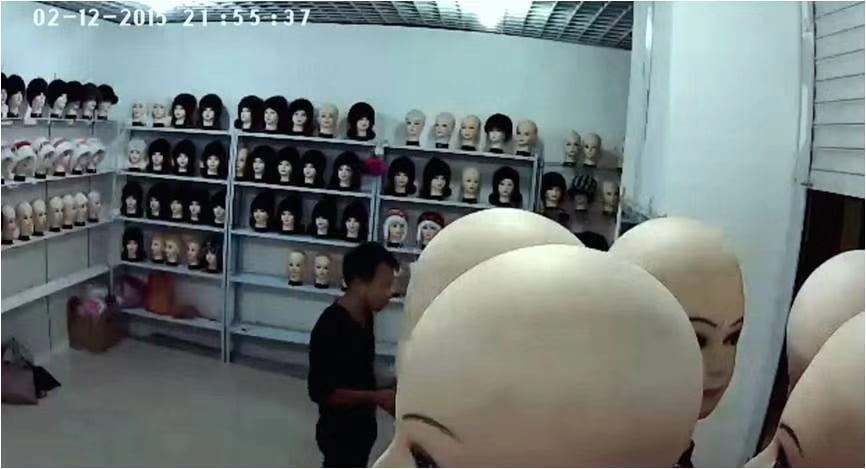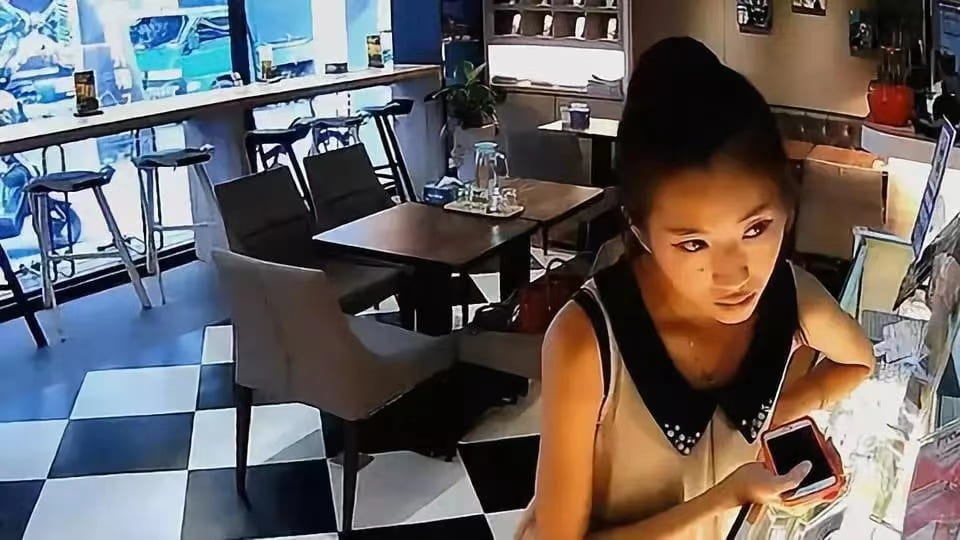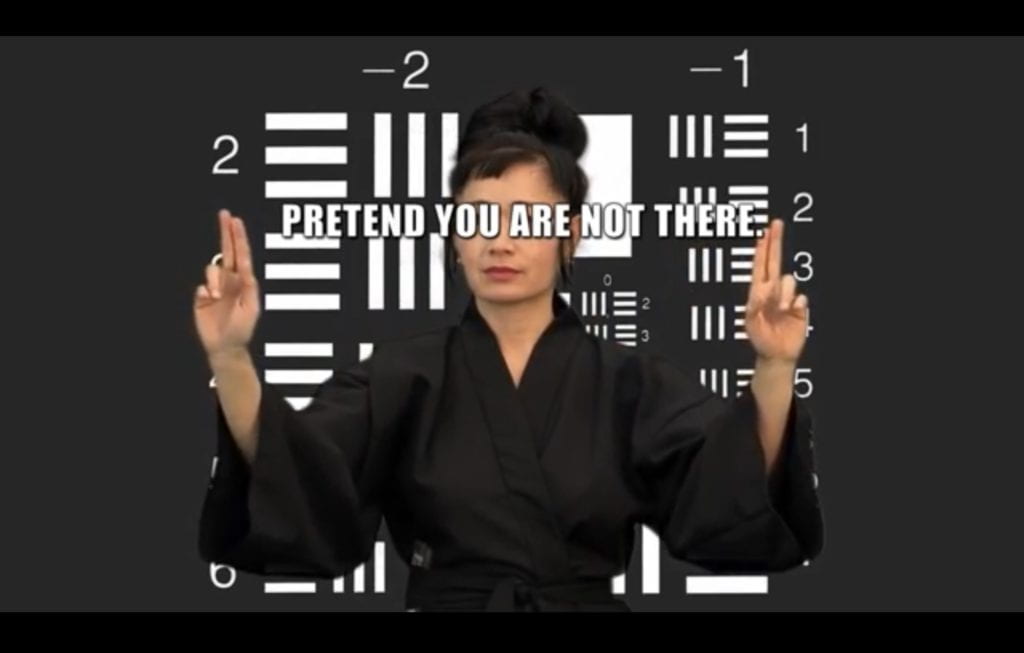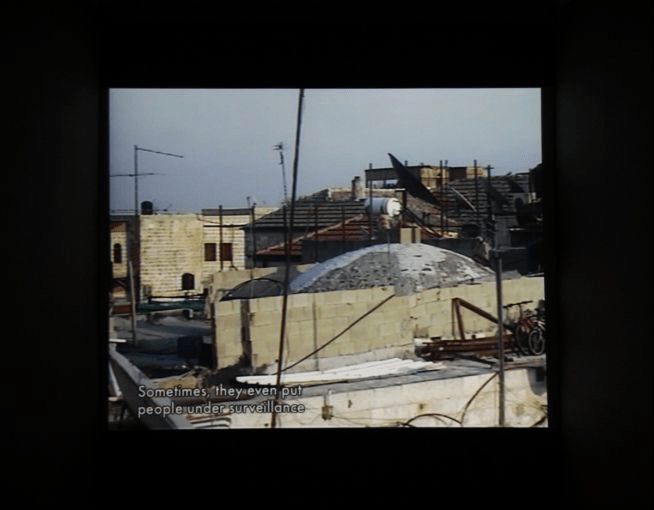This week I visited Yuz Museum Shanghai for “Lying Sophia and Mocking Alexa”, an immersive exhibition exploring the human/machine relationships within the framework of Artificial Intelligence. The exhibition brings together artists and researchers examining the topic from a variety of perspectives including the impact of AI on global technopolitics and on geologies, the absurdity of quantifying human emotion, the dark labor involved in training human-like algorithms and the myth-like narratives about AI propagated by the media.

“Sophia” and “Alexa”, transformed into text and audio by the GPT-2 model AI software, are the two central characters in Lying Sophia and Mocking Alexa. With three dimensional dialogues taking place throughout the exhibition, they serve to interpret the subject of AI, which is paradoxical and implies manifold future potentials. Sophia, a robot that has been granted Saudi citizenship, is highly responsive and has a realistic human look. A life-like robot living among us, she can even conduct diplomacy and is seen as an “ambiguous scam” co-authored by media and technology companies. Alexa is a “servant” who takes the shape of a machine and resides in domestic corners. She has been reported to have “horrible laughter,” symbolizing the opacity, uncontrollability and dangerous potential of the AI “black-box” to slide into voyeurism and subversion. In the exhibition, Sophia and Alexa are contemporary metaphors for our evolving relationship to these new technologies. The former’s lies are the projection of poetic imagination –a bright, lyrical imagination. While the latter’s ridicule demonstrates cracks in the black-box algorithm, representing a murky existence fraught with technical criticism. The existence of Sophia and Alexa and the dialogue between them allow the audience to experience the exhibition as a voyeur, witnessing the fullness, imponderability and last hope of the psychological world.
As a bystander, the exhibition leads us to question: if artificial intelligence is no longer purely a concept of science fiction and if the development of basic science continues to expand the boundaries of our cognition, will what we are experiencing be the black hole event horizon that, as Vernor Vinge foresees, “breaks all prophecies” or serves as “the biggest mistake we have ever made” as indicated by Stephen Hawking? Today, AI is widely used in chips, processors, data collection and analysis, forming a new frontier in global technological competition. It is a topic that similarly points to infinite possible futures in the changing world of science and technology. However, outside of technology industries, it is still not easy to know directly what products and programs utilize AI as it becomes the easiest, but also the hardest story to tell in mass media.
Among the exhibits, there are two closely related to the issue of infrastructure. One is called “Red Lines”, revealing another side of the internet, one that moves at the speed of weather, wind, and tide. Red Lines is a pioneering new project by Evan Roth which involves a network of mesmerizing video landscapes streamed free to your home or workplace. The network contains infrared videos of coastal landscapes that can be streamed to a smartphone, tablet, or computer by anywhere. Roth has traveled to coastal sites around the world where the cables that make the internet possible emerge from the sea.
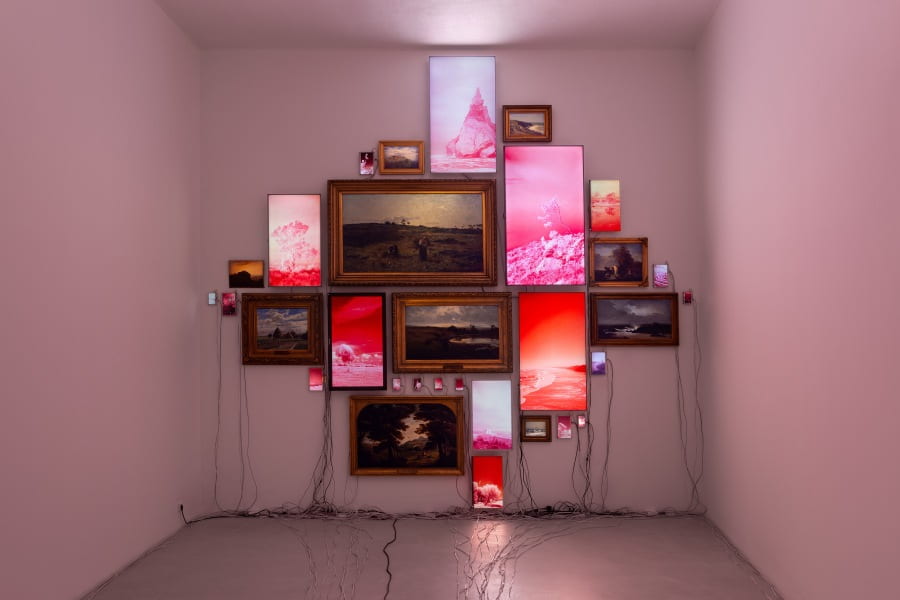
The other one is composed by a map about the anatomy of an AI system, as a way to begin seeing across a wider range of system extractions of AI. At this moment in the 21st century, we see a new form of extractivism that is well underway: one that reaches into the furthest corners of the biosphere and the deepest layers of human cognitive and affective being. The stack that is required to interact with an Amazon Echo goes well beyond the multi-layered “technical stack” of data modeling, hardware, servers and networks. The full stack reaches much further into capital, labor and nature, and demands of an enormous amount of each. These systems add up to become a new infrastructure. The scale required to build AI systems is too complex, too obscured by intellectual property law, and too mired in logistical complexity to fully comprehend in the moment. Yet you draw on it every time you issue a simple voice command to a small cylinder in your living room: “Alexa (or Siri), what time is it?”
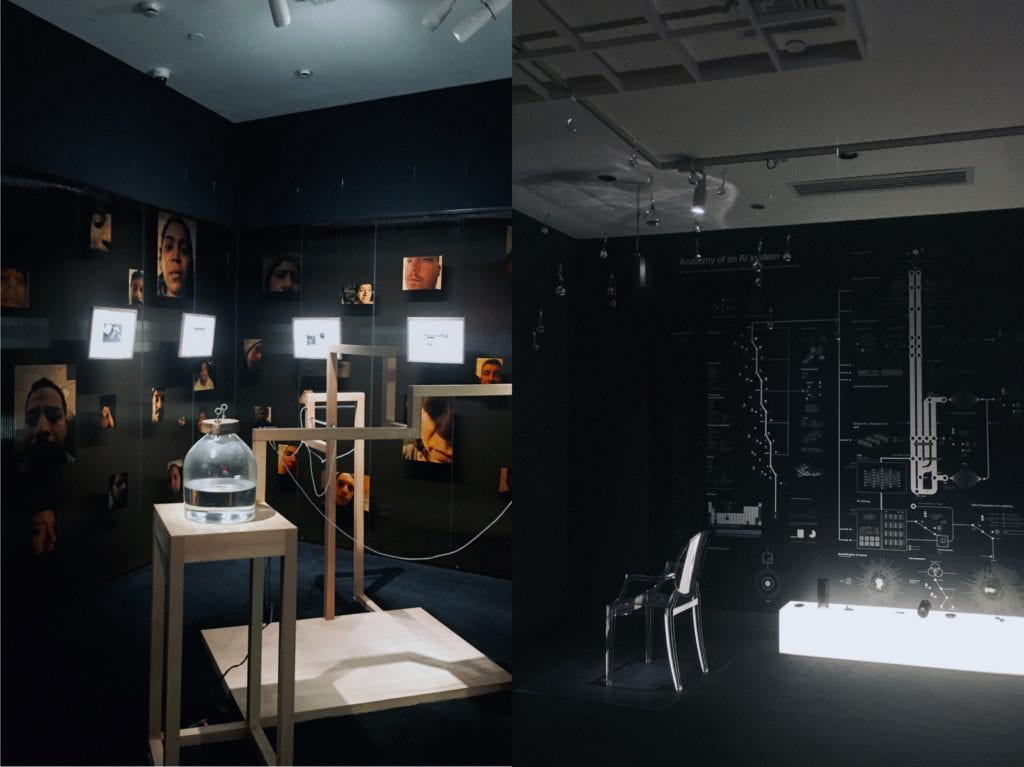
The exhibition contains many other intriguing installations and masterpieces, such as “Ca-Ca”, which learns the way you invest before you die and will follow your life’s path and continue the way you left your mark on the world; “Alice & Bob”, an installation of continually evolving love letters that uses data from a quantum computer. Just as Bratton articulates, “as a different and more literal connotation of ‘distributed cognition’ takes form in this way, the already contested line between world-sensing and information-processing gets blurrier.” Here is an imagery that the remote and ambiguous AI system will probably become an emerging media infrastructure in our future sentient cities. The logic can be applied to many other cases, such as software for modifying pictures. In China, Meitu has become a seemingly “infrastructure-like” app for supporting our production of everyday pictures that will be posted elsewhere on the internet. What we have to do is to contemplate the new definitions and layers of “infrastructure”, and our relationship to it. And “we should crave to learn what would ensue.”

